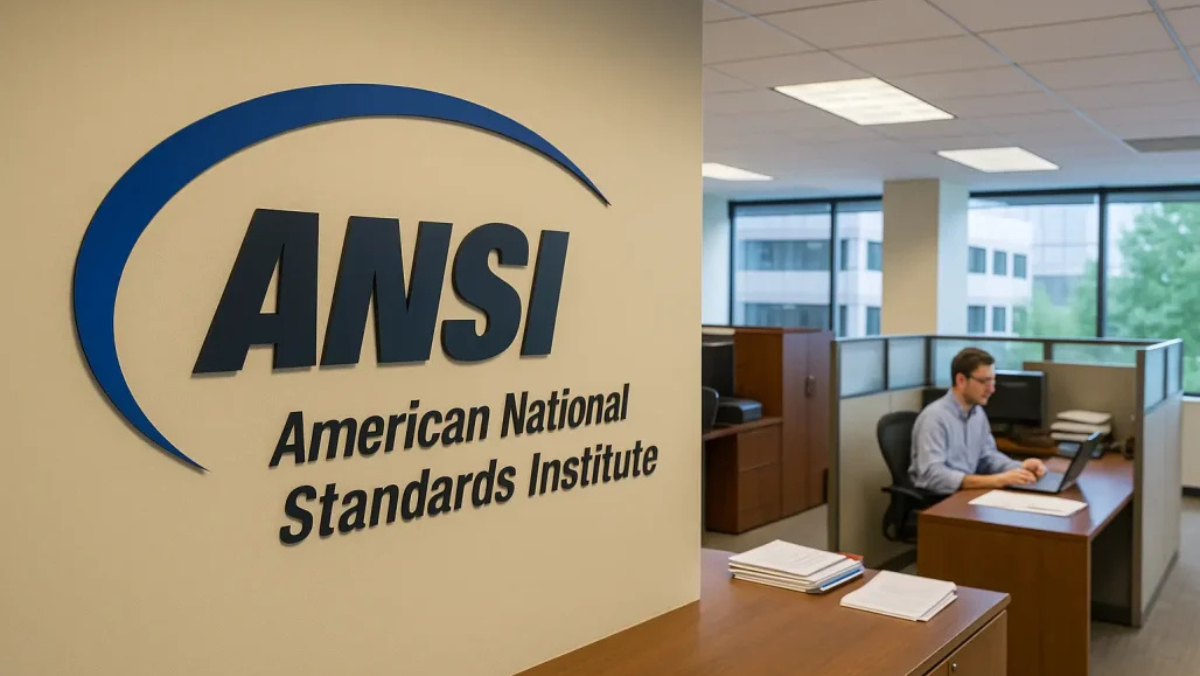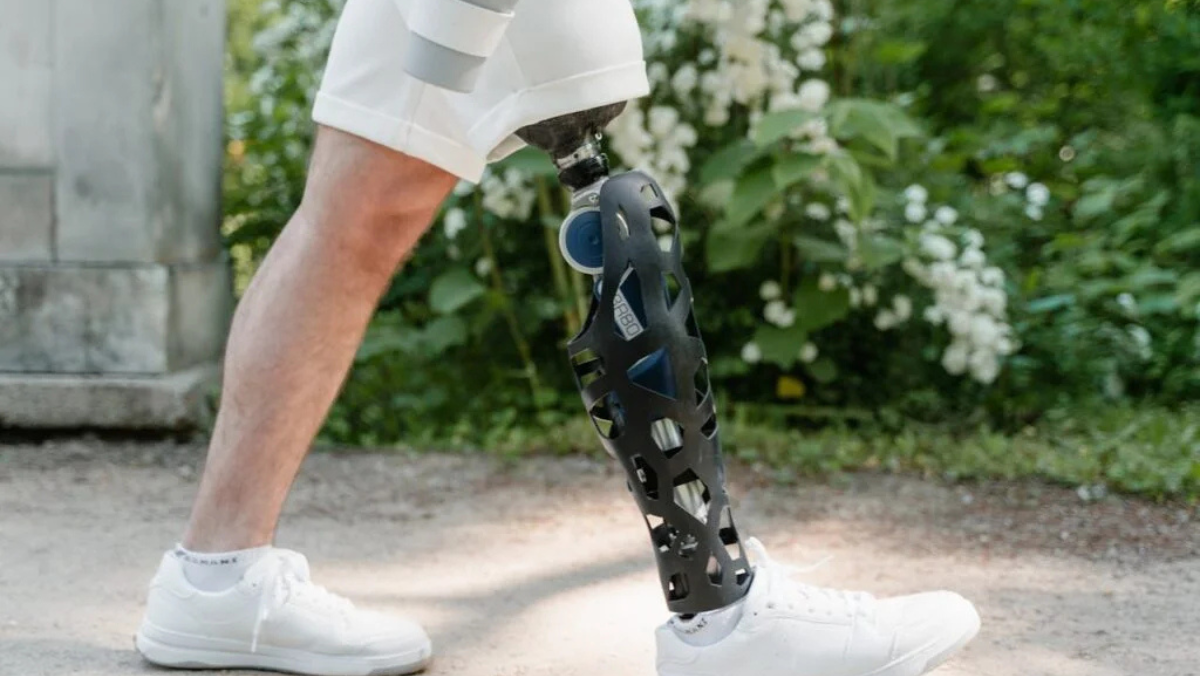REGULATORY
What Will the New Robot Rules Spark Next?
US releases a new industrial robot safety standard that is already nudging upgrades, alliances, and long view planning
20 Nov 2025

The publication of the ANSI/A3 R15.06 2025 standard is beginning to shape the next stage of industrial automation in the United States, setting updated expectations for safety and system design. Although the guidance is too recent to have altered operations widely, companies across the sector are reviewing its provisions as they prepare for long-term compliance and modernization.
The revised standard refreshes longstanding rules for industrial robots and robot systems, aligning domestic practices more closely with international benchmarks. It applies strictly to industrial equipment, excluding medical devices, prosthetics and consumer-facing machines, yet its release has drawn attention from adjacent fields seeking clues about how future oversight may evolve. According to analysts, many firms are approaching the update as both a technical requirement and a signal of broader regulatory direction.
Early responses suggest a gradual shift in corporate priorities. Manufacturers, integrators and suppliers have begun evaluating which systems may require upgrades and how legacy installations might be affected. Some organizations are using the publication as an opportunity to reassess workplace interactions between people and robots, as well as to examine documentation, hazard analyses and overall system architecture.
Cybersecurity’s inclusion within the safety framework has emerged as one of the most notable additions. By positioning digital vulnerabilities as a component of physical safety, the standard has prompted initial conversations between automation engineers and security specialists. Industry observers say these discussions remain preliminary, though they represent a cultural shift in how companies view interconnected equipment.
The ripple effects are also reaching sectors that depend indirectly on industrial robots. Producers of assistive technologies and prosthetics, which often rely on industrial systems in their manufacturing lines, are reviewing the standard to determine where future adjustments might be needed. Their assessments remain exploratory, centered on potential long-term implications rather than immediate operational change.
Analysts note that smaller firms may face particular challenges as they interpret requirements and estimate costs. Still, investor sentiment appears cautiously optimistic, with some viewing the update as a sign of regulatory stability that could support more predictable automation planning.
As implementation proceeds, the U.S. robotics industry is preparing for a measured transition. The new standard may not transform operations overnight, but it is establishing expectations that could influence upgrades, partnerships and technology choices in the years ahead.
Latest News
20 Nov 2025
What Will the New Robot Rules Spark Next?17 Nov 2025
Smarter Limbs Ahead: Neurotech’s $19M Leap13 Nov 2025
The Rise of the Thinking Prosthetic11 Nov 2025
Zimmer Biomet Bets on AI to Redefine Surgery
Related News

REGULATORY
20 Nov 2025
What Will the New Robot Rules Spark Next?

INVESTMENT
17 Nov 2025
Smarter Limbs Ahead: Neurotech’s $19M Leap

MARKET TRENDS
13 Nov 2025
The Rise of the Thinking Prosthetic
SUBSCRIBE FOR UPDATES
By submitting, you agree to receive email communications from the event organizers, including upcoming promotions and discounted tickets, news, and access to related events.